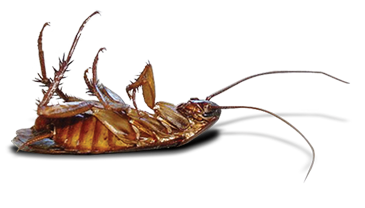In The Nest, genetically-modified cockroaches are personified, embodying the worst human traits and characteristics with monstrous effects that move them inevitably toward death and destruction. In the final scenes of the film, Beth’s examination of Elias’s papers begins to reveal the truth about these cockroaches’ genetic alteration. Instead of condos, Intec has built a research facility where, according to Hubbard, her experiments are benevolent rather than destructive and meant to create cockroaches that will destroy all other roaches and then die without reproducing. Instead the cockroaches have grown so powerful that even a lethal pesticide can’t destroy them. A solution arises when they realize the roaches have become social animals and must have a nest and a queen to guide them.
The final sinister scenes of the movie emphasize a possible solution to the horror of this now monstrous nature. As Beth explains, if they destroy the caves, they will destroy the nest, suggesting that if they destroy the horror setting, the monstrous insect horror will also disappear. The roaches all go toward the queen in the caves like “a collective unconscious,” making an overt connection to an anthropomorphized cockroach mythology.

And Beth’s hypothesis rings true. In the cave where the nest is hidden, Dr. Hubbard is destroyed by a roach figure built out of multiple human skeletons. Tarbell and Beth escape the cave before it explodes, and the two kiss, an ending that perhaps satisfactorily resolves the insect conflict in the film but leaves gaps in the love triangle connecting with it. In The Nest, both science and the cockroach become monstrous, but only the bugs and the mad scientist die, perhaps signifying the need to destroy our worst selves.
Nice blog. I am impressed with you blog.
ReplyDeletebest pest control services near me